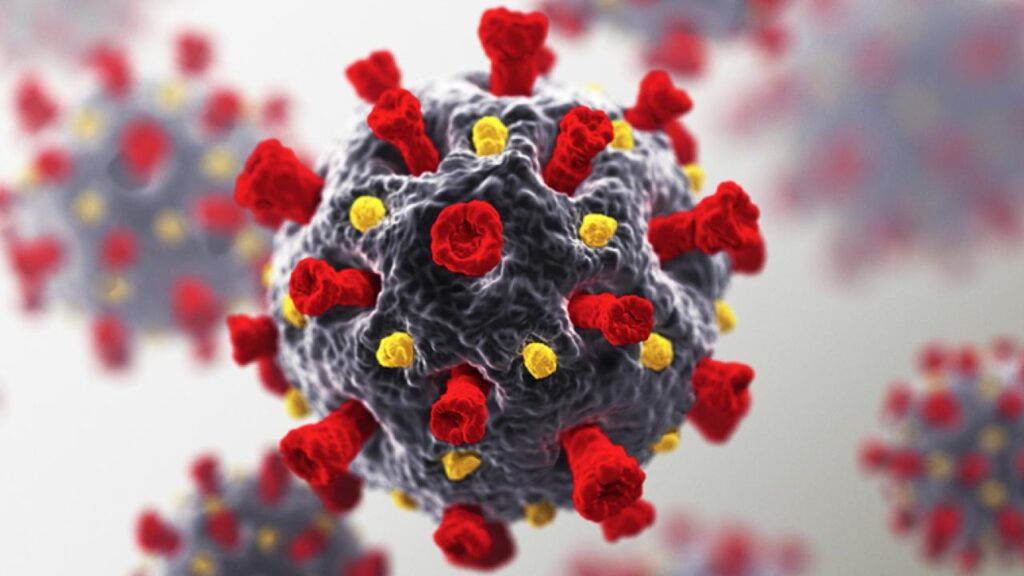A new COVID-19 variant, NB.1.8.1, is spreading rapidly and catching even seasoned doctors off guard. This strain, a descendant of the Omicron JN.1 variant, has been detected in multiple countries, including the United States, and is causing a surge in cases due to its high transmissibility. Unlike previous variants, NB.1.8.1 presents with symptoms that are often mild and resemble common colds or flu, making it challenging to identify and diagnose.

The New COVID Strain Is Dominating Fast
| Takeaway | Stat |
|---|---|
| NB.1.8.1 accounts for over 10% of global sequenced cases | 10.7% |
| COVID-19 caused nearly five times more deaths than influenza in 2024 | 5x |
| Current variants cause milder symptoms, complicating diagnosis | N/A |
The emergence of NB.1.8.1 underscores the ongoing challenges in managing COVID-19. Its mild and nonspecific symptoms make detection difficult, potentially leading to increased transmission. Staying informed, adhering to public health guidelines, and taking preventive measures remain crucial in navigating this evolving landscape.
What Makes NB.1.8.1 Different?
NB.1.8.1 is notable for its high transmissibility and ability to evade immune responses. It has been identified in various countries, including the U.S., China, and several European nations. Despite its rapid spread, the variant does not appear to cause more severe illness than previous strains. However, its symptoms are often mild and nonspecific, leading to underreporting and challenges in diagnosis.
Symptoms Catching Doctors Off Guard
The symptoms associated with NB.1.8.1 are subtle and can easily be mistaken for other illnesses. Common symptoms include:
- Sore throat
- Fatigue
- Cough
- Runny nose
- Gastrointestinal issues
These mild symptoms can lead individuals to dismiss the possibility of COVID-19, delaying testing and isolation measures.
The Challenge of Diagnosis
Doctors are finding it increasingly difficult to diagnose COVID-19 due to the mild nature of symptoms associated with current variants like NB.1.8.1. The overlap with common cold or flu symptoms means that many cases go undetected, contributing to the silent spread of the virus. Healthcare professionals emphasize the importance of testing even with mild symptoms to prevent further transmission.
Who Is Most at Risk?
While NB.1.8.1 generally causes milder illness, certain groups remain at higher risk for severe outcomes:
- Elderly individuals
- People with chronic health conditions (e.g., diabetes, heart disease)
- Immunocompromised individuals
These populations should continue to exercise caution, including staying up to date with vaccinations and practicing preventive measures.
Staying Safe: What You Can Do
To protect yourself and others from NB.1.8.1 and other COVID-19 variants:
- Get vaccinated and receive booster shots as recommended.
- Wear masks in crowded or indoor settings.
- Practice good hand hygiene.
- Stay home if you feel unwell and get tested.
By remaining vigilant and proactive, we can help curb the spread of this and future variants.






